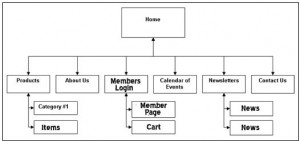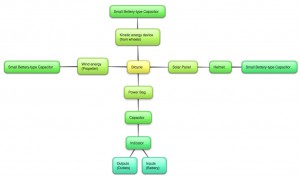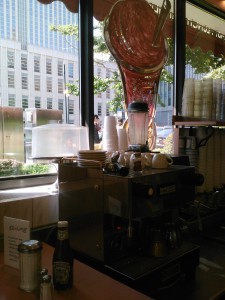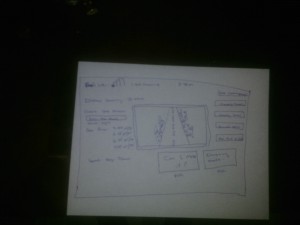Name: Prep Time
Description: A website for local citizens that accepts donations for distribution to members as well as provide a service where our team work with local citizens with being prepared for storms and disaster.
My idea derived from when Hurricane Sandy hit my neighborhood. We all lost power; therefore we all pitched in to ensure that our neighbors had everything that they needed from ice, to batteries and so forth. The storm also showed us how unprepared we were for something like what occurred. My project is a member website where locals can join and buy items that is needed in the Case of an emergency. These items will be available for delivery to your home upon request (24-48 hours delivery time). We all know that losing power is a big issue during the storm; therefore the site offers services that will follow up with you during the time of a storm. We will first try to contact you via phone, and if we are unsuccessful doing so, we will make a trip to your home to provide you with your emergency kit that you set up on our website.
The material used consist only of my laptop, design software and a server to host the website.
With regards to test cases, I would promote the website locally via flyers, local papers and radio commercials to see how many people that I could get to sign up. Offer a free trial and send surveys to the members for feedback.







